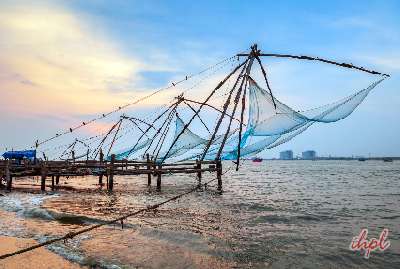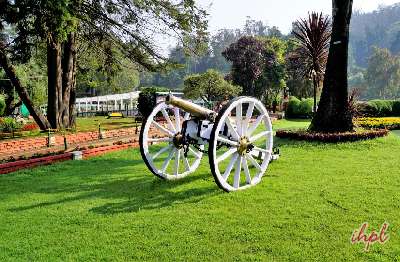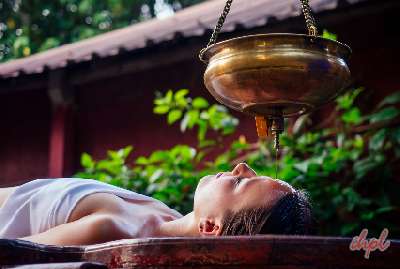Blessed with the best scenery, Kerala is made even more attractive by the rich culture and heritage of the land, whose roots stem back to ages immemorial in the history of Kerala.
The culture of Kerala is preserved, which contributes to the enhancement of tourism. One of the various facets of the culture of Kerala is the conservation of the various ritual arts of Kerala, notable among which is the Tholppavakkoothu.
Tholppavakkoothu
One of the essential rituals in several well-known temples of Kerala, the ancient ritual art of Tholpavakoothu, is a form of puppet dancing. This trait can be gathered from the literal translation of its name, which means "leather puppet play."
Where is Tholpavakoothu Ritual Art performed?
A dance is performed during the annual festivals in the Kaali temples of the Palakkad district. It is generally performed in the "kattumadam," or specially constructed playhouses in the premises of the various temples in Kerala.
Theme of Tholpavakoothu Ritual Art
The theme of Tholpavakoothu revolves around the life of Lord Rama, the legendary hero of the Ramayana, one of the most sacred Indian epics. Tholppavakkoothu describes the events that began with the birth of Lord Rama and continued till his coronation as the king of Ayodhya.
How is Tholpavakoothu Ritual Art enacted?
Tholpavakoothu is a shadow play in which the puppets are moved to depict the various scenes of the drama. The puppets, which are generally carved out of the hides of buffaloes and deer, also hold significance as the buffalo hides are used to depict evil characters. In contrast, the deer hides represent noble characters in the drama.
Musical instruments used for Tholpavakoothu Ritual Art
- Chenda
- Ezhupara
- Maddalam
If you are planning to enjoy Tholpavakoothu Ritual Art, then you can check out our Kerala tour package.
















